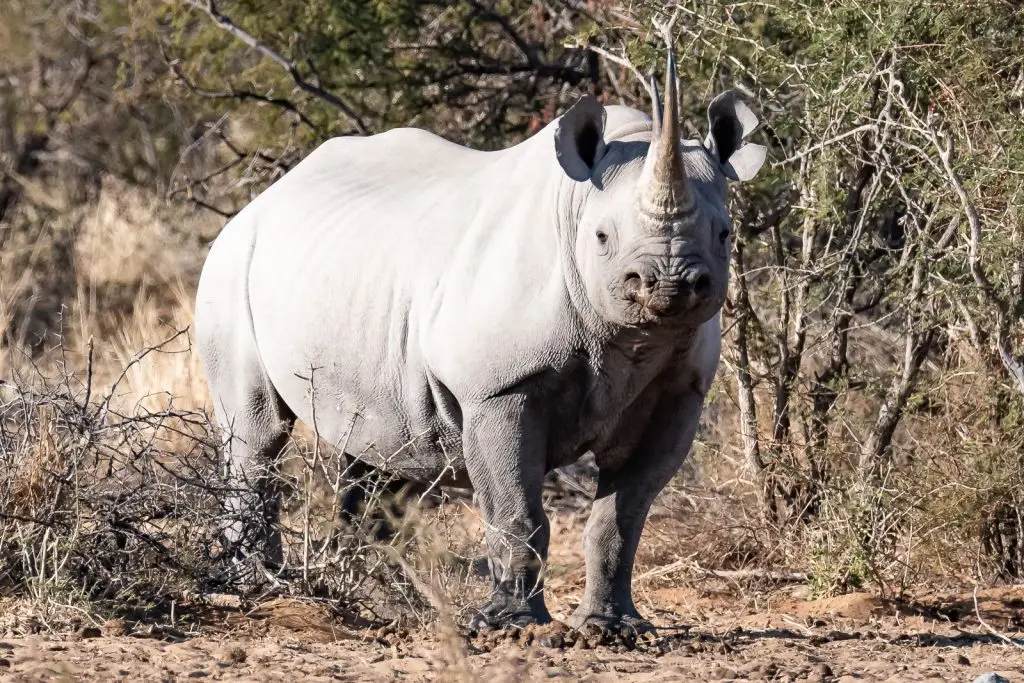The state is failing, but not just ours! We need your understanding and assistance!
When poaching began in our sanctuary, the police were able to apprehend the poacher even before we knew that our rhinos were already wandering the fields in panic, bearing numerous gunshot wounds from an AK-47.
Rhinos have very poor eyesight but excellent hearing and a keen sense of smell. Poachers can easily approach them and, with the animal often resting during the day, it becomes an easy target. Why do they do this?
The value of the horn is phenomenally high, approximately 40 times what a rhino would fetch on the black market. The demand for rhino horn seems insatiable, whether it’s purportedly for medicinal purposes or the status symbol associated with owning products made from it.
Poaching will never cease! The irony is that it’s precisely because of the illegal status of rhino horn that its value has been driven to such exorbitant heights. Equally ironic is that, in the face of seemingly failing wildlife conservation efforts, so much donation money is being generated that strong conservation organizations thrive on this idealism, and their existence depends on the continued illegality of rhino horn.
Rhino horn grows relatively quickly, about 8 cm per year, and can be ‘harvested’ every few years. For many years, horns have been removed as a deterrent to poachers, in an effort to prevent them from killing the animals. However, when a poacher encounters a dehorned rhino, they often still discover some residual material at the base and know that this product holds rarity value. Consequently, even these rhinos are often shot.
Tonnes of rhino horn, over 40 tonnes in fact, are stored in secured barns. Numerous wildlife farms are eager for the opportunity to trade in rhino horn, which could provide sustainable and better-funded protection for rhinos. If legalization were to occur, the market would be immediately flooded, and the value would be rapidly devalued, effectively safeguarding rhinos from human greed.
At the Convention on International Trade in Endangered Species (CITES), politicians from 183 countries vote on the legalization of rhino horn trade. Only 11 of these countries even have rhinos, and almost all rhinos live in just 2 countries. Namibia is therefore powerless in the face of the uninformed decisions of these countries. Is this fair? Is this right? Are we dealing with a certain arrogance here?
By the way, the poacher who shot and injured our rhinos was soon back on the streets. His lawyer was very effective and evidently well-paid. Africa’s legal systems are unable to quickly imprison these criminals, but even if they could, who is truly to blame? We couldn’t protect our rhinos anymore because we couldn’t afford an ‘Anti-Poaching Unit,’ and we didn’t want to constantly live with the thought of armed individuals on our wilderness property. So, back then, we gave up the rhinos, and they were released into various national parks… where they are still being poached because they bear the ‘gold’ on their noses.
Perhaps we should raise our voices louder because Africa is always ready for you, whether it’s about tourism, natural resources, fish, or agricultural products. But someday, before it’s too late, we should finally meet on equal terms.
We would be delighted to show you these wonderful animals, whether it’s the white or black rhino, in various beautiful landscapes. We only hope that our children can bring this joy to your children as well, although it seems unlikely.
Last Updated on 10. October 2023 by Albert Voigts von Schütz





